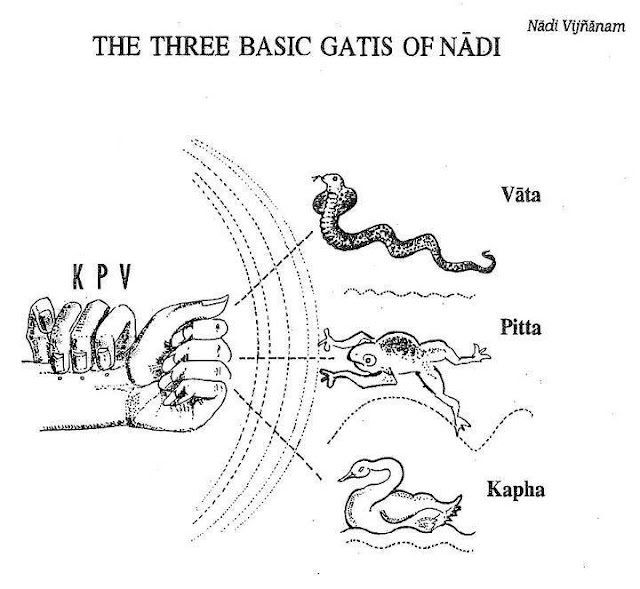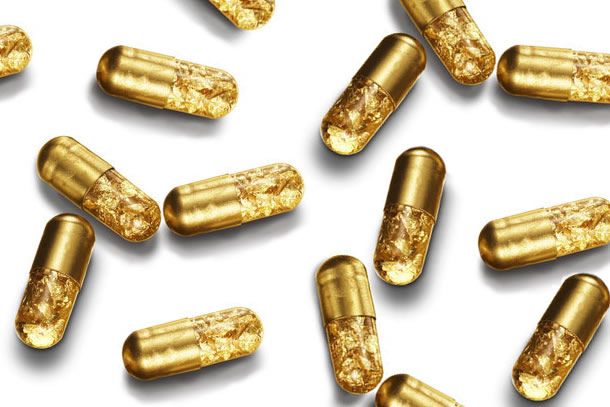Principles of Siddha by Asucre Wellness - Guiding Principles of Diagnosis in Siddha Vol 4
Guiding Principles of Diagnosis in Siddha
To diagnose a disease, Siddhars investigate the cause of the disease, the signs and symptoms, complications if any, and pathological tissue (udal kooru) changes. They examine both the body and the disease together to arrive at a conclusion regarding the condition or disease. For diagnosis, two paths are followed, viz., approach to the disease called Noi naadal and determination of etiology of the disease called Noi mudal naadal.
Essentially, the Siddha system follows a unique methodology in diagnosis of disease. It consists of eight criteria for physical examination and is called ‘Envagai thervu’. These include:
i. Tongue (Naa)
ii. Colour (Niram)
iii. Speech (Mozhi)
iv. Eyes (Vizhi)
v. Stool (Malam)
vi. Urine (Moothiram)
vii. Touch (Sparisam)
viii. Pulse (Naadi)
Out of these eight entities, methods used for physical examination of urine (Neerkuri and Neikkuri) and pulse are unique to Siddha and act as confirmatory diagnostic tools.
Physical examination of urine
- Neerkuri (Symptoms expressed in urine): This is the physical examination of urine which deals with the colour, smell, quantity, frequency, specific gravity, frothiness and taste of urine.
- Neikkuri: This is a method in which a drop of gingelly oil is dropped over a urine sample. The spreading pattern exhibited by the oil droplet over the surface of urine gives a confirmatory clue that helps in the diagnosis of the disease.
Have questions or concerns about Health Related Problems?
I’d love to help you out! Just send me a message or give me a call. I will respond promptly!
Raja Chandrasekaran
Founder-CEO & Managing Director
Asucre Pure Herbals ~ Asucre Wellness
Phone: +91-8056659674, +91-9013442519
Office: +91-44-48507418
Whatsapp: +91-9711706197
Follow us on Social Media



